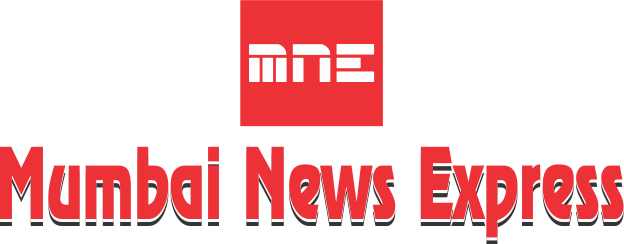by Suman Gupta
– SANDEEP DEWAN, Entrepreneur – Commodity and Financial Markets, London

The global economy is doing well. Growth already beat expectations this year and the global economy will continue to quicken in 2018. This sets the stage for a further strengthening of the – highly cyclical – industrial metal prices. Many economies in Asia (notably China) are settling into a more stable economic growth trend. That is good news, because this region is the epicentre of demand for industrial metals.
Europe – accounting for a share of about 15% in the demand for industrial metals – is also a formidable customer. Economic sentiment in Europe is extraordinarily upbeat. The US presents a more mixed picture. Many confidence indices are relatively high, but sales of new-builds and cars remain comparatively weak. The experts expect the US economy to continue an upward trajectory in 2018.
Chinese industrial metal imports have gone through peaks and troughs over the years. Import growth slowed sharply just after the 2008-2009 crisis, and has remained relatively low since 2014. This flattening growth is related to the cooling of the Chinese economy and China’s transition from an investment-driven to a consumption-led growth model. Despite the ongoing cooling of the Chinese economy, China’s appetite for industrial metals remains high, especially because of the relentless urbanisation trend and the proposed mega-investments in infrastructure. Given that China consumes about 50% of all industrial metals, it will continue to stamp its mark on industrial metal trends for the time being.
According to the ABN AMRO report, the European steel sector is benefiting from the revitalised activity in the construction sector. Although steel construction is relatively limited in Europe, the sector remains an important customer for steel products in this region. The higher scrap price has also inflated the costs for manufacturing high-grade steel. This, too, has contributed to the higher steel prices. We assume that the price of steel in Europe can advance further in the fourth quarter, historically a strong period for demand. The steel price in Europe rose by 10% this year versus an average gain of 16% in China, Latin America and Russia. In the US, however, the steel price fell by 2%. Investment growth in US infrastructure works was unexpectedly subdued, which deflated sentiment.
India holds a fair advantage in cost of production and conversion costs in steel and alumina. Its strategic location enables convenient exports to develop as well as the fast-developing Asian markets.India currently produces around 95 minerals which mainly include 10 metallic, 23 non-metallic, 3 atomic, 4 fuels and 55 minor minerals.
Rise in infrastructure development and automotive production are driving growth in the sector. Power and cement industries are also aiding growth in the metals and mining sector. Demand for iron and steel is set to continue, given the strong growth expectations for the residential and commercial building industry.
According ICRA while these augers well for the players as an improvement in realisations on metal sales will help domestic non-ferrous metal players register an improvement in business returns in FY2018 compared to FY2017, the magnitude is likely to be limited by a simultaneous increase in input costs.
There is significant scope for new mining capacities in iron ore, bauxite and coal and considerable opportunities for future discoveries of sub- surface deposits. The Ministry of Steel aims to increase the steel production capacity to 142.3 million tonnes by the end of 2017 indicating new opportunities in the sector. In February 2017, the country’s coal ministry allowed private companies to engage into mining activities for commercial purposes.
Infrastructure projects continue to provide lucrative business opportunities for steel, zinc and aluminium producers. India’s infrastructure sector is expected to grow at a CAGR of 35.65% over the period FY 2008-25. In the Union Budget 2017-18, the Government of India has allocated US$ 62.16 billion for infrastructure.
Iron and steel make up a core component of the real estate sector. Demand for these metals is set to continue given strong growth expectations for the residential and commercial building industry. Total housing shortage in the country stood at about 18.78 million at the start of the Twelfth Five Year Plan. This provides a big investment opportunity for residential building construction in coming years.
As for the domestic demand-supply scenario, consumption of the three key non-ferrous metals viz. aluminium, copper and zinc, registered 6-7% growth across in Q1 FY2018. This coincided with a period when domestic production of aluminium grew at a higher annualized rate of 8% and there was a large domestic surplus of aluminium, which had to be exported. Going forward, while consumption of aluminium is expected to improve in the current financial year, surplus availability will persist, as domestic capacity is high, and manufacturers are expected to operate the plants at a high asset utilisation level. This would lead to large export volumes.
Increasing exports, however, would have an impact on margins, as typically export realisations are at a discount compared to domestic prices. On the other hand, production growth of copper and zinc were muted due to capacity bottlenecks. Hence, although the domestic market for these two metals continues to remain in surplus, as consumption increases,more of these metals are being absorbed in the domestic market.

